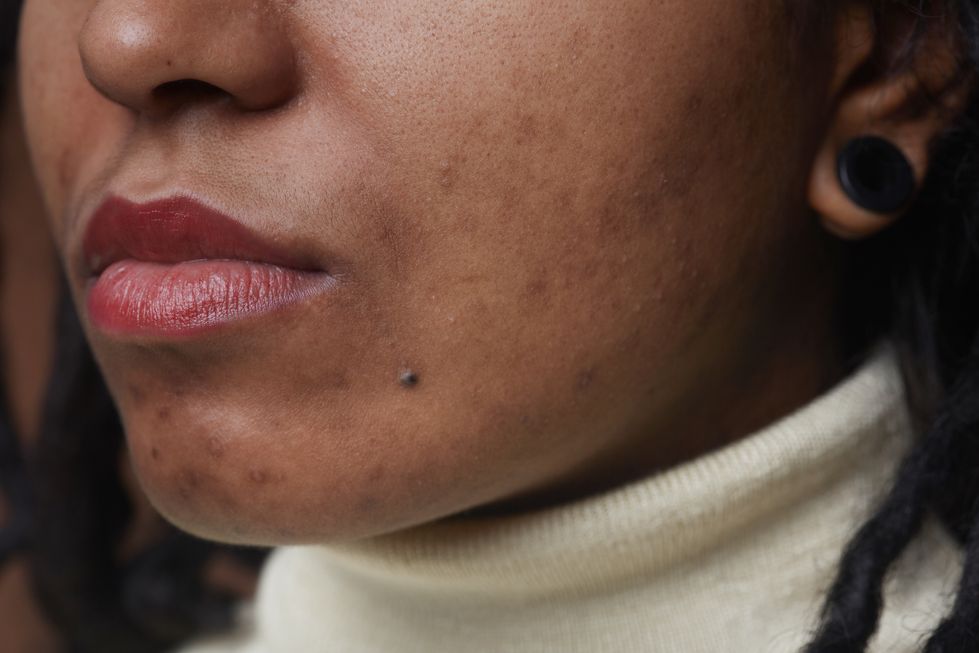There are plenty of instances where women come out with scars, from accidents to surgery. They are most likely to appear on the most used body parts or the ones most susceptible to injury. These include the knees, the elbows, the hands, and the face.
Once a scar forms, it often becomes a point of insecurity for a woman. If you’re in the same situation, it’s ideal to look for ways to get rid of the scar. Luckily, scar revision minimizes the scar’s appearance or removes it entirely.
Before you do that, however, get to know the basics of scar revision. The following are the three key steps involved in this kind of procedure. Keep reading to learn more.
Knowing the Scar Types
Scar revision is done to correct the scars that are considered not pleasing aesthetically or restrict a function of a part of the body. The goal, of course, is to minimize the scar tissue so that your skin looks smoother and the mark is less visible. However, it’s important to identify the kind of scar being dealt with.
Scars are classified based on their size and structure, and they more or less fall under a certain category. Here are the three main types that your spot may be categorized under:
- Keloids. Keloids scars are the kind that is hard, itchy, and heavy, appearing to grow with time. It usually extends beyond the limits of the wound. Additionally, they tend to be redder, and they may become darker or lighter over the course of time.
- Contractures. Contracture scars, on the other hand, are large and happen when someone loses part of the skin due to an accident or burn. They are noticeable as the skin pulls causing a tight area.
- Hypertrophic. Hypertrophic scars are also referred to as raised scars. They are thick, and they are raised up a bit. They are an abnormal reaction to wound healing due to the fact that your body has made extra collagen, causing a raised scar.
Deciding the Scar Removal Treatments
After identifying the scar type, the next step is to consider the reconstructive plastic surgery surgery plan that will be applied. There are plenty of treatments used, depending on the case of the scar. Be sure to get the professional opinion of a plastic surgeon.
Skin revision may be accompanied by various methods, like grafting, dermabrasion, laser resurfacing, etc. But while all these help reduce the appearance of the scars, it’s important to be selective and figure out only what’s needed.
Looking Into the Skin Revision Surgery
There are plenty of variations of skin revision surgery, such as Z-plasty and scar tissue expansion. The surgery is customized to address the problems of your skin, and the plastic surgeon will be able to choose the one that will best help you.
The procedures are known to either remove the scar entirely or turn it into a scar that’s barely noticeable. Additionally, mothers frequently undergo this kind of procedure to get rid of their C-section scar, as they feel insecure because of it.
Conclusion
There are plenty of instances when people will have scars on various parts of their bodies. By knowing the basic steps involved in scar revision, you’ll be able to make the right kind of decision when it comes to getting rid of the scar.
In need of scar revision surgery? Peninsula in Plastic Surgery provides reconstructive surgery, mommy makeovers, breast augmentation, breast lifts, and more in Los Angeles South Bay and Palos Verdes Peninsula. Contact us today!.
